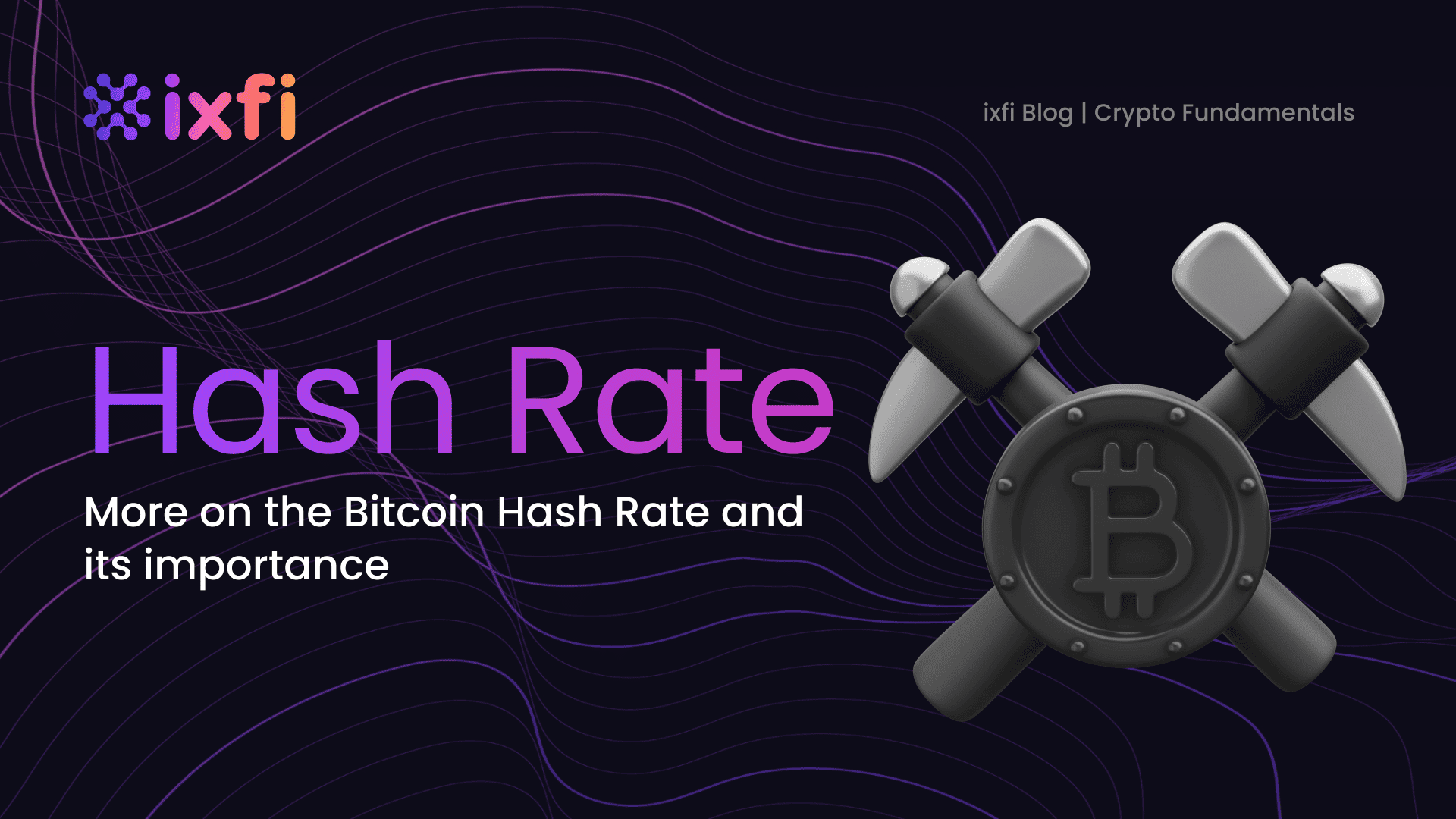The Bitcoin Hash Rate is frequently discussed on the internet among media outlets and cryptocurrency fans. Many people need to understand their thoughts regarding how the Hash Rate operates and what it serves. They need to find out if it is for network security or to promote rivalry among network users.
Bitcoin Hash Rate power dropped as China banned mining activities in its country. Being the biggest mining center in the world, a vacuum that was later filled by other countries was created by this happening. In 2021, mining started trending in the United States due to venture capital investments. Mining companies there saw an increase in cash flow. Hash Rates are used to measure the well-being of Bitcoin’s network. Now, what is the significance of the Hash Rate, and how does it affect the Bitcoin economy?
What is a Hash?
A hash is a unique alphanumeric code with a fixed length formed by an algorithm and represents the word, message, and data it originally contained. Hashes are always new, so to generate hashes that can be used to distinguish a fresh set of data, letters, and numbers that are already in existence are jumbled up by the algorithm.
Hashing algorithms vary typically, and it’s all dependent on the Bitcoin project. Miners compete to solve and unjumble these hashes using their computers and bitcoin miners to add new blocks to the Blockchain. Miners receive cryptocurrency as payment if they successfully mine an asset after correctly solving the hash. Therefore, the act of solving mathematical codes or puzzles in a bid to create a new hash is referred to as cryptocurrency mining.
What is Bitcoin Hash Rate?
If you’re new to the world of cryptocurrencies, the word Hash Rate might seem strange. But for long-term users and fans of cryptocurrencies, especially those who mine, it is a conversant term and a significant factor that can impact their success. Hash Rate is the processing power or rates a computer uses to solve for hashes and confirm transactions using the Proof of Work system (PoW).
Hash Rates are associated with Proof of Work systems as it’s agreed to be the only algorithm that consumes enormous energy when authenticating blocks. It is measured in seconds with the Hash per second unit (H/s). It can also be estimated in Kilos and Mega Hashes per second (KH/s and MH/s). The growth of a network’s Hash Rate shows a high level of trust from the public in that asset.
Importance of the Bitcoin Hash Rate
The Hash Rate is a vital indicator of the Blockchain network’s strength, especially its security. During mining, the Hash Rate increases as more machines are used by legitimate miners to find the next block, making it more difficult for dishonest people to interfere with the network. However, suppose the network’s Hash Rate drops. In that case, the primary Hash Rate controller may undo it by rearranging payments, resulting in double-spending issues (double payments made using the same currency to deceive the recipient of the fund).
A reduction in Hash Rate makes the network more vulnerable to hackers and crypto heists and makes cryptocurrencies less decentralized, which poses a significant danger to crypto investors. If there is a fall in the Hash Rate, the cryptocurrency platform will stop trading or delist a coin to protect its users from losing money. Therefore, the more Hash Rate the Bitcoin network has, the more secure it is. As the Blockchain network is protected from fraudulent acts or transactions, it will be difficult for hackers to attack the network system when the network speed is high, as they won’t have access to the needed Hashing power.


